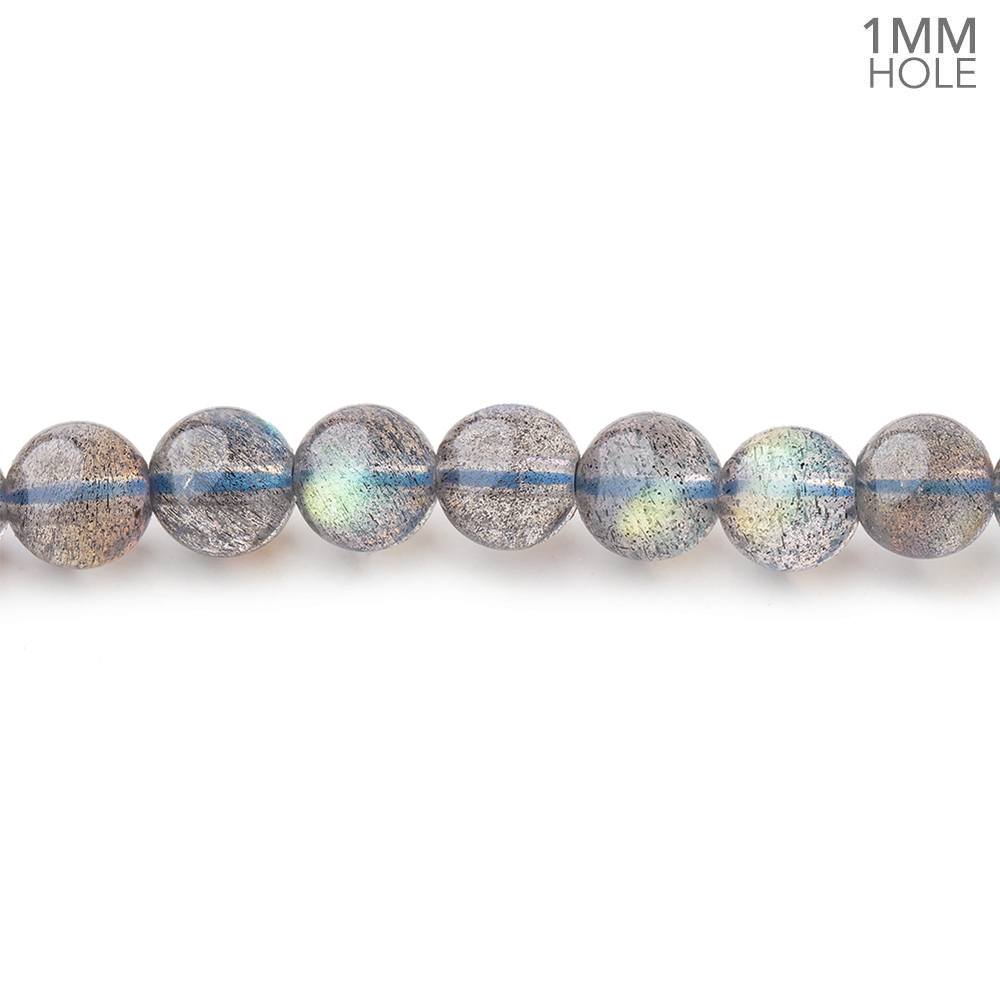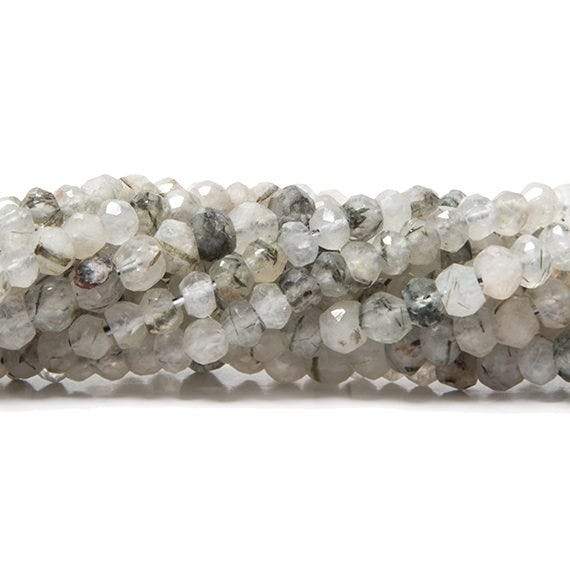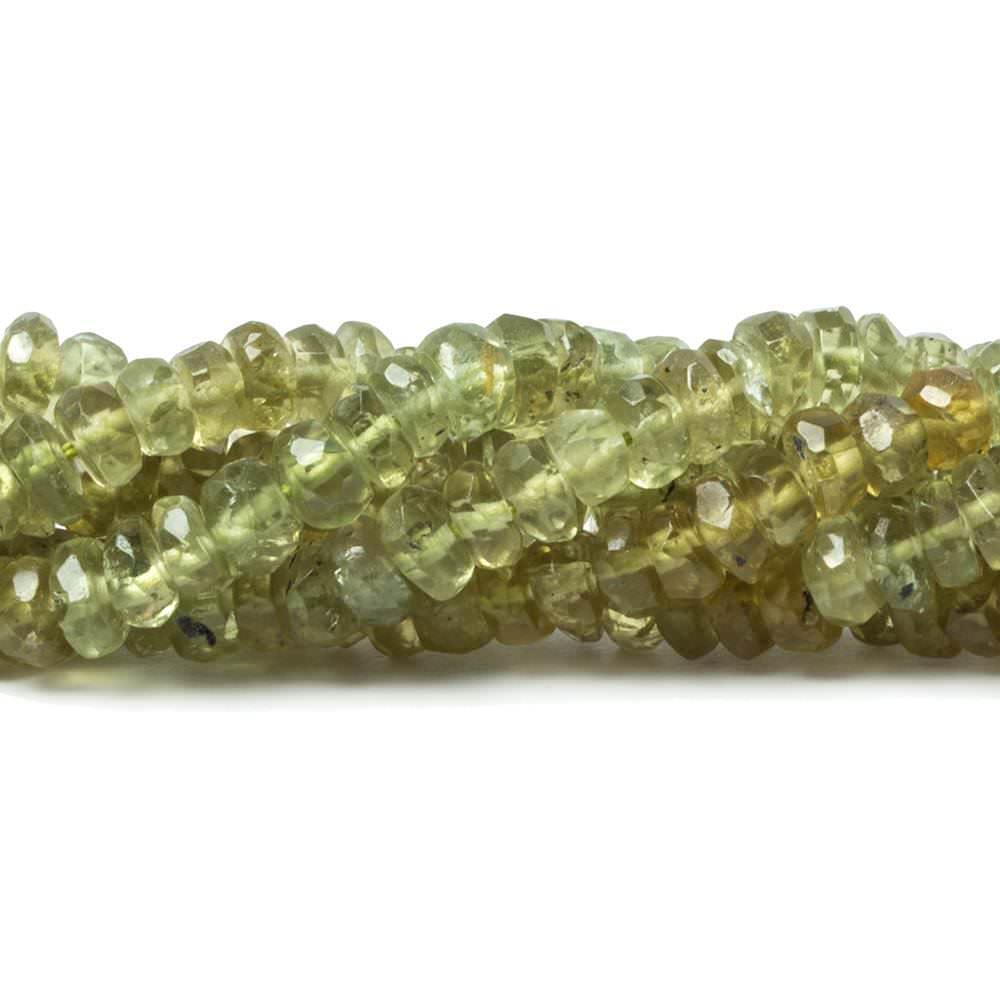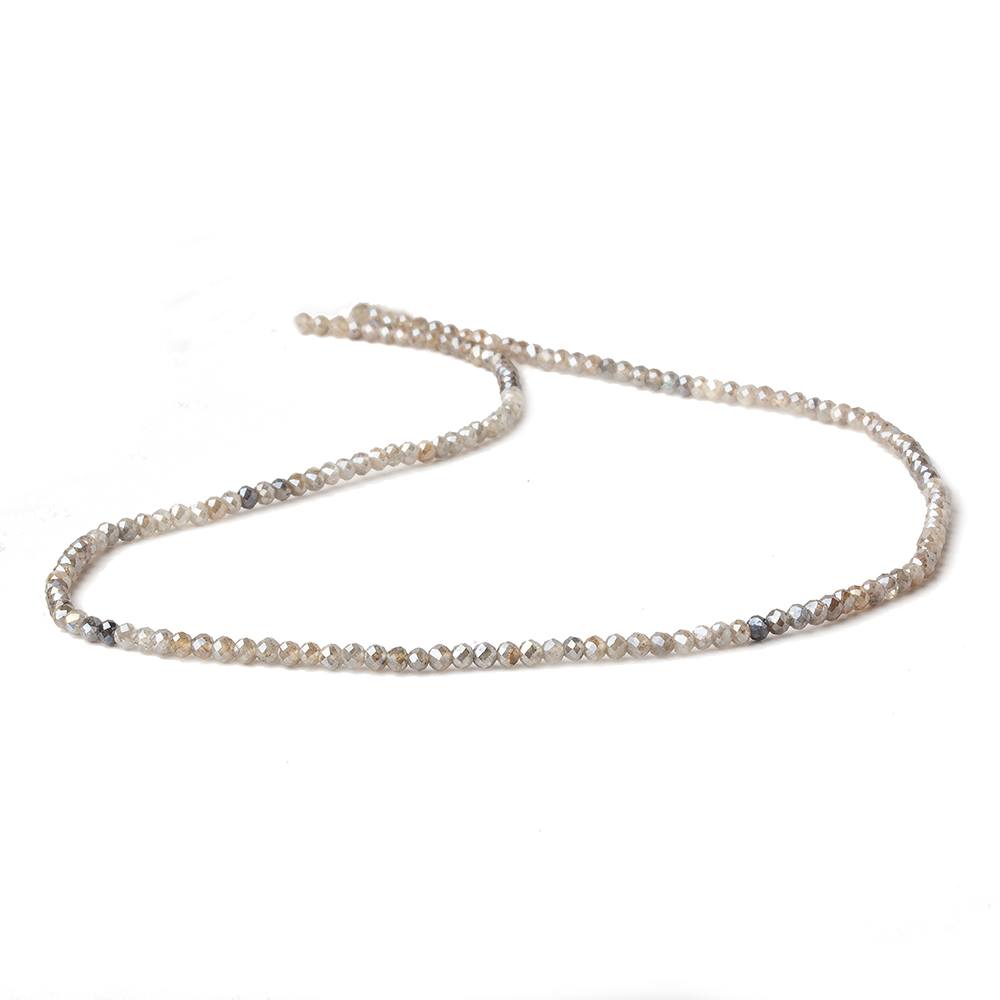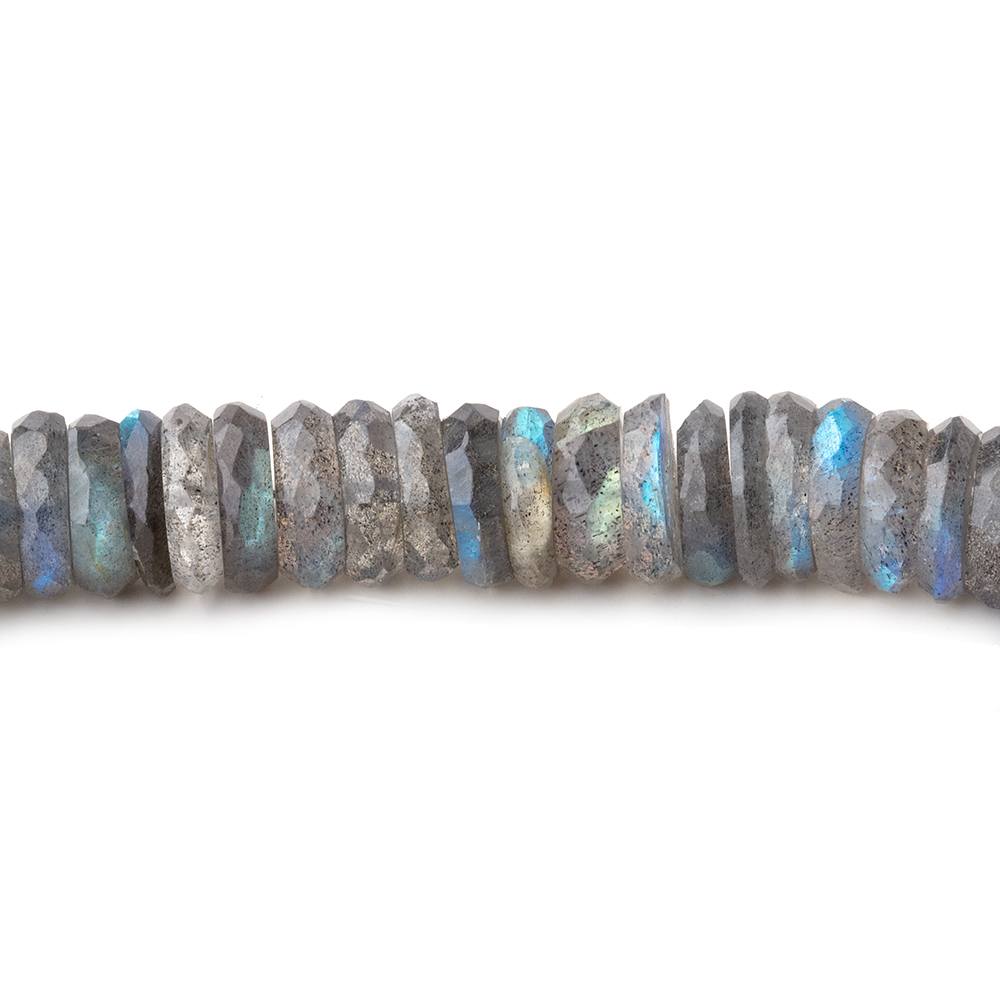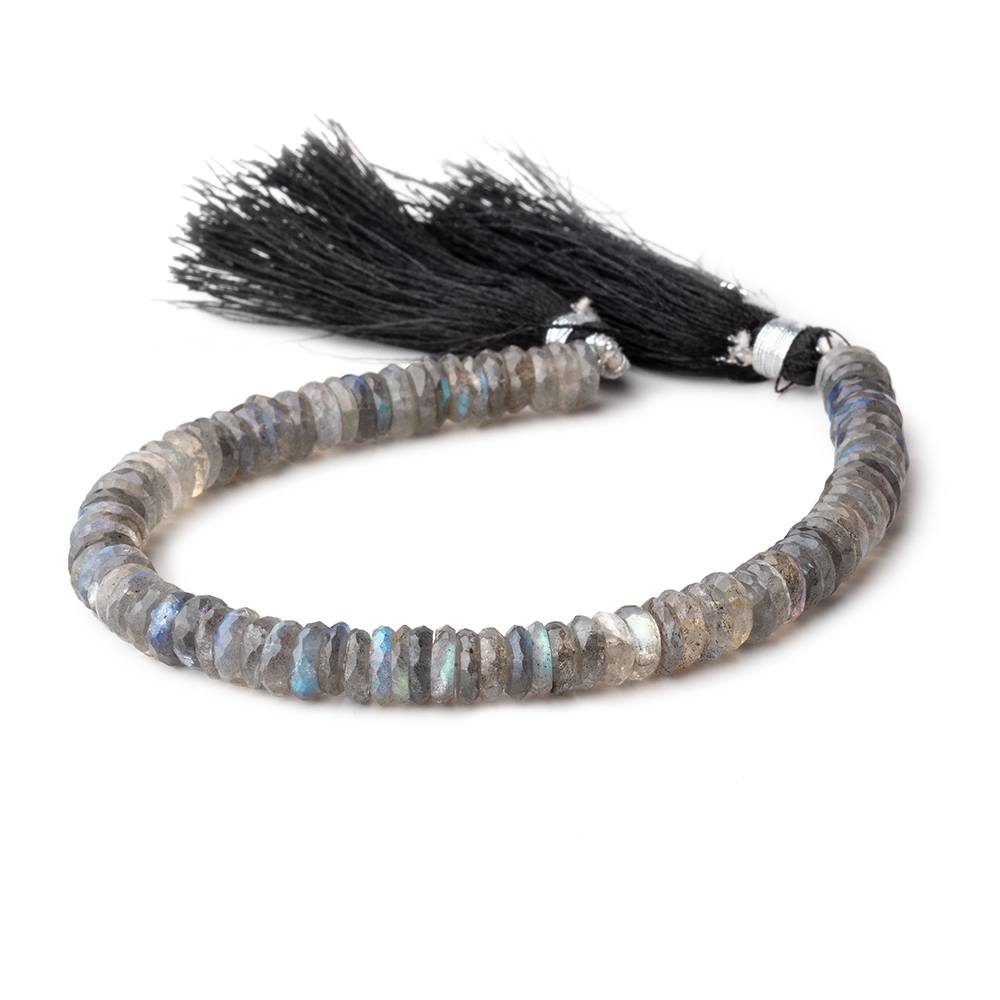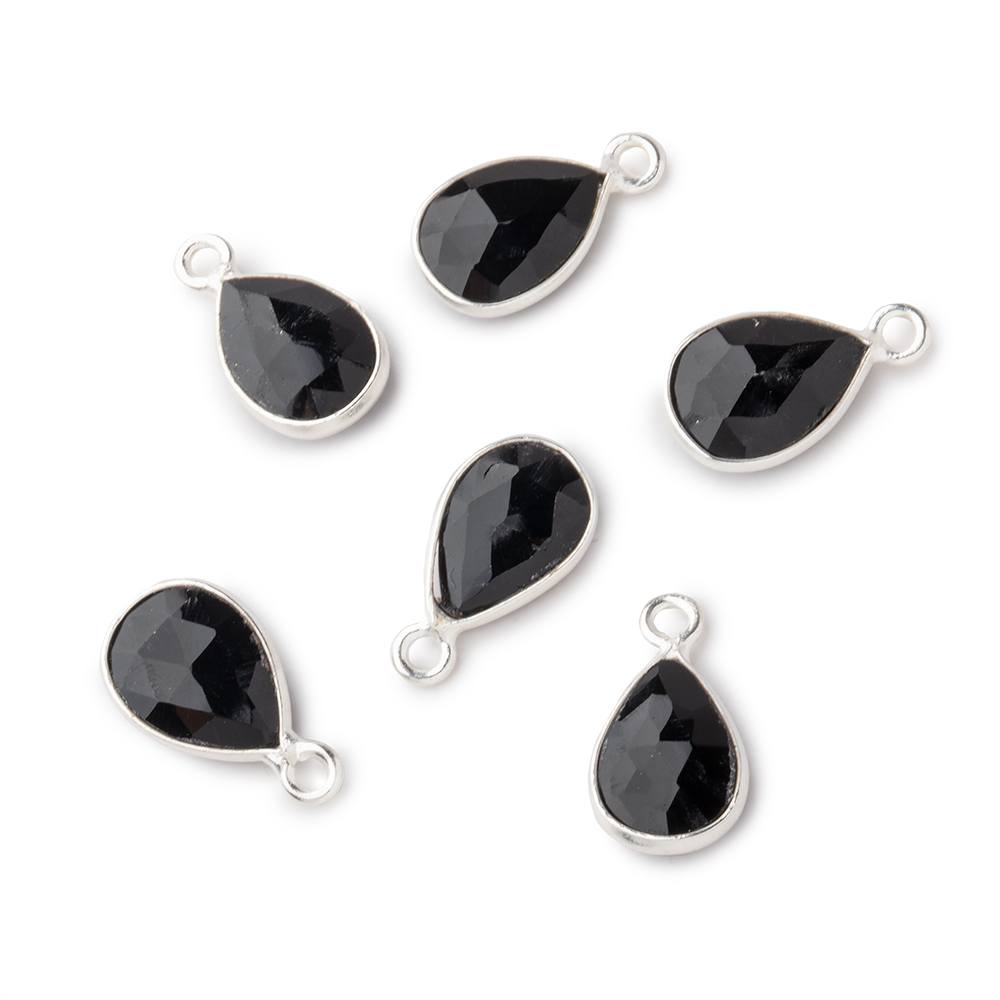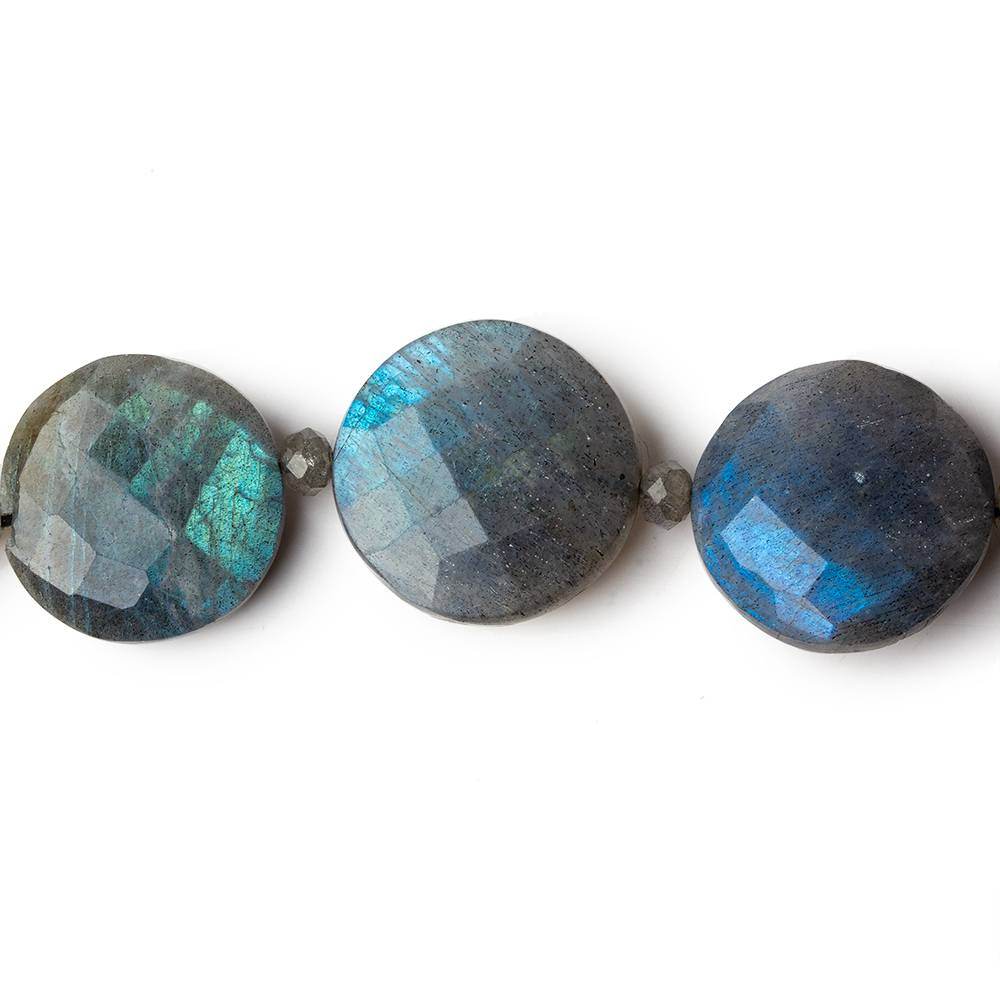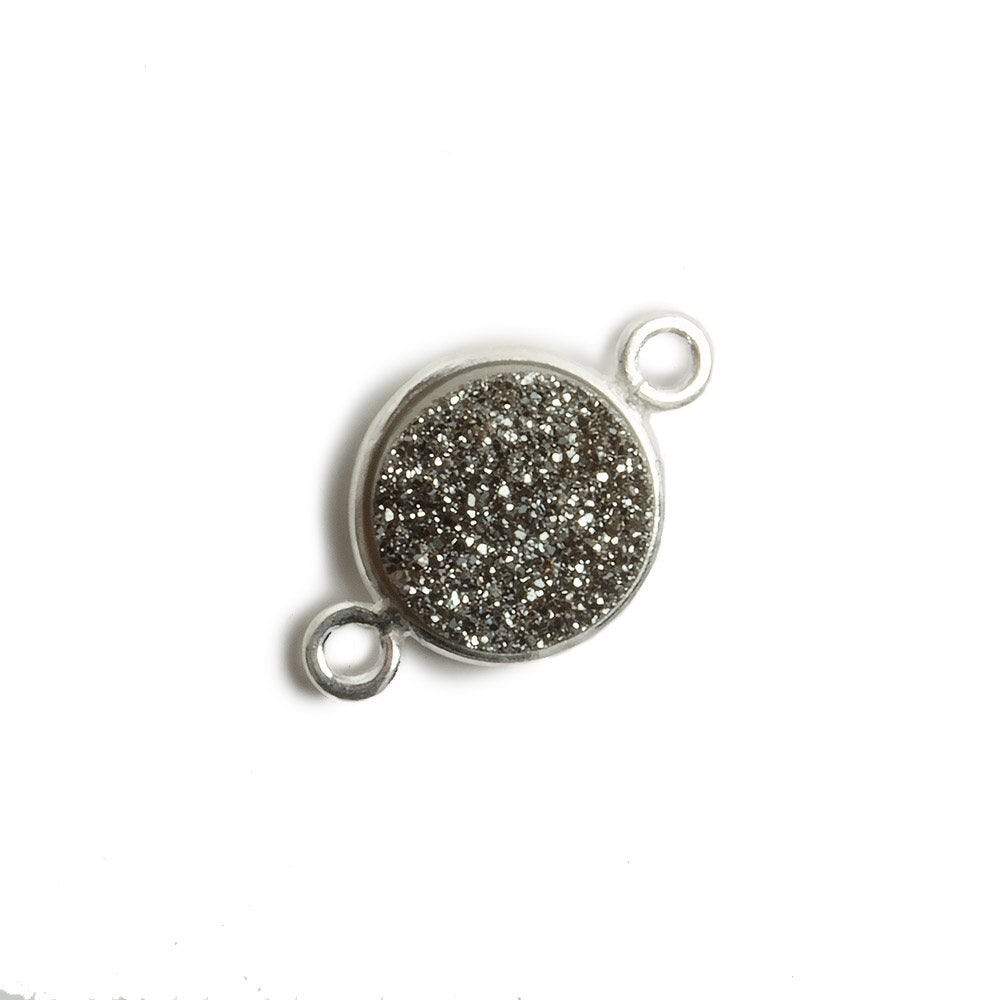Gemstone beads have adorned jewelry for centuries, adding both aesthetic and monetary value to pieces. Get your hands on our most gorgeous gemstone beads by ordering them from Beads of Cambay. We have a collection of Gemstone beads with vibrant colors and unique textures to brighten up your jewelry collection. We offer Gemstone Beads in many forms and sizes and at competitive prices. So start exploring our high-quality gemstone beads and pick your favorite one.
These beads have been around since primitive civilizations and have become a favorite in contemporary times.
What are Gemstone Beads?
Gemstone beads are long, smooth-faced stones used in jewelry for hundreds of years. They are the perfect addition to any jewelry piece and offer greater aesthetic and monetary value. Regardless of the jewelry style, gemstone beads can tie the overall look together with their flamboyant colors, eye-catching textures, and lively flair. Various cultures associate different gemstones with different meanings and healing properties.
Gemstone beads are stunning, long-lasting, and valuable and come in various sizes, shapes, and styles, like spikes, points, round shapes, and even gemstone sticks. They can be further categorized as follows:
- Cabochons: These are opaque stones with a smooth and dome-shaped cut. This category includes opal, variscite, and turquoise and is oddly designed to represent the color or surface properties of the gem. Grinding wheels and polishing agents are sometimes used to beautify these gemstone beads.
- Facets: These gemstone beads are cut with a faceting machine's help and carefully polished at a precise angle at periodic intervals. Facet gemstones are transparent and shiny and reflect optical qualities. Artisans use accurate cutting techniques to precisely shape these stones according to their optical properties. For example, if the angles are too steep or shallow, it will allow the flow of light and thereby not produce an appealing look for the viewer. To avoid this, some gem cutters use advanced curved laps to carve and polish these curved faceted beads.
Learn more about Gemstone Beads
History of Gemstone Beads
Beads are believed to be the very first piece of jewelry that the human race used for decorating their bodies. Not only women but also men have been using gemstone beads for adornment purposes. In the 1930s and 1940s, British archeologists working in Israel excavated pierced snail shells. These shells were then sent to the Natural History Museum in London until they were re-discovered by an archaeological anthropologist. She studied the shells and concluded that they were handmade beads dating back 100,000 to 135,000 years.
The arrival of gemstone beads strengthened during the Neolithic Era from 10,200 BCE to 3000 BCE when tools advanced, and humans improved their bead-crafting skills. Gemstone beads, such as those made from quartz, carnelian, and agate, had a higher value due to their striking visuals. Ancient people molded beads using a technique called bruiting, where they rubbed the gemstone against a coarser mineral. Stone tools were used to drill holes in the stone from each side. Their effort in this process may explain why they preferred flat beads. The history of gemstone beads also dates back to the people of Anatolia, who used these jewelry pieces during the 18th century BC. The area where they resided was between Asia and Europe, and they contributed to the vast variety of designs incorporated using gem beads.
Gemstone Beaded Necklace for a Pharaoh
The tomb of Tutankhamun dates back to 1323 BCE, based on the treasures from which a bib necklace emerged. The jewelry was decorated with gold and gemstone beads, which represented a great level of sophistication. Moreover, the necklace was designed for the King, which shows the popularity of gemstone beads amongst both men and women. As the demand for gemstone beads skyrocketed, bead makers rapidly started polishing their skills, creating better stone tools, and advancing the art of jewelry-making with beautiful gemstone beads.
How are Gemstone Beads made?
Gemstone beads are made from crystalline materials, cut and polished to reveal elegant stones. The production procedure of raw gemstone beads involves materials such as emerald, aquamarine, ruby, sapphire, citrine, and many more found in different parts of the world. These precious stones are also directly imported from mines in crude form and then further processed.
To craft these unprocessed stones into gemstone beads for sale, jewelers transform them into shapes like oval, round, faceted, etc. A lapidarist or gem cutter then polishes the beads. Most jewelers that semi-precious gemstone beads use rough stones that have been slightly hammered to remove the coarse material and then polish them using advanced abrasion techniques. Depending on the gemstone beads’ size, expert artisans work on them and create a final product that can be ideally used in jewelry making.
The luster and brilliance of gemstone beads for jewelry making are generally analyzed to decide whether they will be created into a faceted or cabochon piece.
Gemstones created in a lab are called synthetic gemstones, and while their optical and physical properties are similar to natural stone, the technology used in their production is highly intricate. For this reason, they are not considered genuine gemstone beads and will require an expert's opinion to determine their purity.
Lastly, for creating timeless jewelry pieces made from gemstone beads, artisans utilize various tools to join these fragile gemstones and create necklaces, rings, earrings, pendants, etc. To properly enjoy the beauty and splendor of these striking gemstone beads, jewelers use gold, silver, and platinum to make both precious and semi-precious pieces.
Tips for Using Gemstone Beads in Jewelry
One quick way to elevate any piece of jewelry is by using gemstone beads. Adding semi-precious beads can instantly make your outfit chic and luxurious, plus the wide range of patterns, textures, and colors is quite fun to choose from. However, there are certain things to remember when making jewelry using gemstone beads. Here are some of the top tips for using gemstone beads in jewelry making:
Work around the Shape
Precious and semi-precious stones come in all sizes and shapes, so let the natural shape of the beads guide how you use them. For instance, you can use top-drilled stone chips to manufacture a sharp piece of jewelry on a spiral string. Round beads are typically the easiest to add to jewelry pieces, as they are a good substitute for fire-polished beads and pearls in a pattern.
Be Careful with Heavy Gemstone Beads
As compared to glass beads, semi-precious stones can be relatively heavier. If you are dealing with such beads, invest in a stronger weaving thread that can hold the weight of these gemstones.
Pay Close Attention to Dyed Beads
Artisans sometimes dye gem beads, and that colorant may run when it comes in contact with moisture. Before you use dyed beads in jewelry pieces that might get wet more often, make sure to properly check the fastness of the colorant. Soak a few beads in a soapy solution for a couple of days. If you see the color bleeding into the water, you will know that the beads have been dyed and the color is prone to running. Avoid using dyed gemstone beads for jewelry making and instead invest in a less messy and more long-lasting option.
Check the Gemstone’s Hardness
Knowing the stone's hardness will help you understand how easy it is to scratch its surface. It can be determined with the help of Moh’s Scale, which assigns a value between 1 and 10. The hardest stones, such as rubies and diamonds, receive a rating of, whereas stones like amber are closer to the lowest values (e.g., 1). The harder your gemstone beads are, the more resistant they will be against wear and tear and thus have a longer lifespan.
Properly Examine the Holes
More often than not, holes are drilled halfway from opposite sides of a gemstone to meet in the middle. However, these holes do not always align perfectly, making the final finish a little less sophisticated. If you are dealing with this problem, use a bead reamer to resolve it. A bead reamer is a tool that helps widen holes too small for the beading needle to pass through and will also help smooth out any spiky edges that may cut the beading thread.
It is important to remember that not all gemstones come with holes. If you have such pieces, you can use them as cabochons.
Whether you are creating jewelry for a fancy occasion or simply enjoy working with gemstone beads for jewelry making, the abovementioned tips will help create a more durable piece.
Benefits of Wearing Gemstone Beads
Gemstone beads are worn for different reasons, some associated with their cultural meanings and others for their healing powers. Today, gemstone beads are not linked with any specific culture or religion; everyone can find these precious stones rather beneficial.
Healing Powers
The most important benefit of wearing gem beads is their healing properties, where each gem represents a planet and possesses unique powers. They are believed to draw energy from their set planets and direct it to the wearer. Moreover, they are believed to kill negative energies, blockages, and irritation in the sensory system.
Gemstones can mend all degrees of the soul, psyche, and body. Wearing them might help with issues associated with the nervous system, including joint pain, lower back problems, misery, and neuralgia. They help control kidney function and make recuperation in the bones and tendons much faster. Lastly, they can also help enhance mineral and nutrient ingestion and ensure a proper blood supply to the tissues and organs.
Relaxing Properties
Gemstone beads are a great way to calm a person down amidst the chaos of their daily life. Their calming qualities give the wearer a peaceful mind and soul, leading to good physical and mental health. Gemstone beads like Blue Lace Agate and Hematite help alleviate stress and anxiety symptoms and bring a 'grounding' effect on the person.
Cleansing Properties
High-quality gemstone beads can bring a cleansing aura and help eliminate feelings of recklessness and self-doubt. You will need to regularly cleanse your gemstones to eliminate any pent-up energy.
Therapeutic Properties
Gemstone beads play a key role in meditation and mindfulness. Wearing these beads around the neck daily can provide you with general therapeutic benefits. These beads can also be used as a rosary to count affirmations or mantras. Moreover, you can place the beads on your palm or another body part where you want the healing energy to spread.
Helps Set Intention
Wearing a necklace made of gemstone beads can constantly remind you why you are wearing it and the purpose you wish to achieve. It helps you achieve your goals by consistently reminding you of your intention and helping you take the appropriate steps.
Amongst all gemstones, precious gemstone beads are an excellent option for rebalancing the body and helping it achieve harmony with the brain and soul. The delicate nature and beauty of gemstone beads have made them a highly preferred option among consumers.
What to Look for When Buying Genuine Gemstone Beads?
With so many gemstones available in the market today, it can be tough and overwhelming to differentiate authentic from fake ones. If you are new to making or buying beaded jewelry, you need to invest in the right product that looks immaculate and will serve you for a longer time. The following tips will help you look for authentic gemstone beads:
Check the Gemstone Grading
Both precious and semi-precious gemstones have a grading that directly determines their quality. Grade A signifies the best quality cut, the highest transparency, and the least amount of inclusions, while grade D signifies the lowest quality cut, obvious inclusions, and an opaque finish. Semi-precious stones generally do not follow a uniform grading system, and the grade will ultimately depend on the seller.
Jeweler’s Loupe
A jeweler’s loupe is a tool that helps you look at gemstones through a magnifying glass to identify any scratches, blemishes, and inclusions inside the stone. Gemstones typically have certain inclusions that occur naturally. If a stone is completely blemish-free, there is a high probability that it is just glass. Scratches on the surface are yet another giveaway that a gemstone is not genuine.
Check the Colors
When examining a gemstone bead with the naked eye, pay close attention to the colors, tone, and saturation. Genuine stones tend to have a consistent color tone throughout. Before doing this, you need to know the actual color of the stone. For example, if you are analyzing an emerald, you should know that its original color is a deep green and that it also comes in different shades of it. Look for the correct shade, its intensity, and how dark or light the color is in a natural emerald stone.
Check the Texture
Most gemstones naturally have an uneven and gritty surface, so feel the surface for its smoothness. An utterly smooth stone is not real and is most probably made of glass.
Get in Touch with an Expert
Whenever in doubt, it is always best to consult an expert before making an expensive purchase. These professionals thoroughly know the ins and outs of gemstone beads and can help you make a decision more quickly.
What Makes Beads of Cambay the Best When Buying Gemstone Beads?
At Beads of Cambay, we value quality and customer satisfaction. With over 15 years of experience in the gemstone industry, we take great pride in sourcing only premium raw materials and providing custom-made designs that our clients will truly enjoy and cherish for a long time. We have a wide selection of stunning pieces, from wholesale gemstone beads and pearls to metals and chains. Reach out to us today, and our experts will be more than happy to answer your questions.
Gemstone Beads - Frequently Asked Questions
What are Gemstone Beads Used For?
Gemstone beads are not only used for aesthetic purposes; their uses go way beyond that. These precious and semi-precious stones are well recognized for their healing properties, ability to bring tranquility and peace, and role in shedding negative energies and bad auras. Gemstone beads are often used for therapeutic reasons as part of yoga, meditation, and other therapies. They also bring a sense of purpose to the wearer and constantly remind them of their ultimate goals.
How can you tell if gemstone beads are real?
Many factors determine a gemstone's authenticity, including its color, clarity, cut, penetration of light, and place of origin. The stone should have a slightly gritty surface with no apparent scratches and high vibrancy. It is always good to ask the jeweler where the stone originally came from, as this could indicate its quality. Always consult an expert if you are unsure about the genuineness of a gemstone before you buy it.
What are Gemstone Beads Made of?
Gemstone beads can be made of transparent to translucent materials, such as sapphire, ruby, tourmaline, and quartz, or translucent to opaque materials, like moonstone, lapis lazuli, and opal. The stones are crushed and mixed with gem grade, formed, and then polished before they can be sold on the market.
What is the Most Priceless Gemstone?
Tanzanite is the most valuable gemstone today. It was discovered in 1967 in northern Tanzania and featured a deep violet-blue color. Due to its depleting nature, its value has skyrocketed recently, making it the most precious gem in the market.
How to know if a Gemstone is of Good Quality?
The Four C's of a gemstone help decide whether it is of good quality. These are color, cut, clarity, and carat weight.
What are Fake Gemstones Made of?
Fake gemstones are usually made of glass, plastic, dyes, and resin.
How are Gemstone Beads Graded?
The best quality gemstones exhibit superior luster and hardness, directly adding appeal and value to the jewelry piece. There is no universal grading system, but many gemstones are graded based on color, quality, cut, and clarity. Grading starts from A (highest quality) to D (lowest quality).
Do Gemstones Expire?
While gemstones do not expire, they can lose their overall effectiveness over time due to wear and tear.
What is the Best Grade of Gemstone?
AA- to AAAA-grade gemstones are considered the best and are, therefore, more expensive and difficult to find. These beads are not artificially enhanced, and most are faceted.
What is the Best Gemstone Shape?
No one universal gemstone shape is deemed the best; it will depend on the wearer's taste. However, a round shape is the most popular due to its simplicity and elegance.
What does AAAA Mean in Gemstones?
AAAA gemstones are in the top 10% of gemstones, making them the highest-quality option available in the market.
How Long Should You Wear a Gemstone?
Gemstones can be worn around the clock due to their sturdiness and longevity. If you are wearing the stone for astrological reasons or healing, it is best to consult an expert regarding the optimal time.
Are lab-created gemstones Worth Anything?
Gemstones created in the lab are valuable, but they hold less value when compared to natural gemstones due to their formation process.
What to do if a Gemstone Breaks?
If you break a gemstone, it is best to take it to a gemstone beads supplier that will use the right tools to restore its shape and functionality.
Which Gemstone Lasts the Longest?
Most gemstones are highly durable, but diamonds, moissanite, and sapphire are the most long-lasting options due to their high Moh’s scale rating.
Where can I Find the Best Gemstone Beads for Sale Online?
You can buy gemstone beads at Beads of Cambay for premium-quality products, excellent customer service, and a diverse selection.
Can I Buy Gemstone Beads Wholesale from Beads of Cambay?
Buying wholesale gemstone beads from Beads of Cambay is easy and affordable. If you require bulk gemstone beads to support your jewelry-making endeavor, you will be delighted to find an assortment of high-quality stones.
Hear what customers are saying about our service and products!
We are rated 4.9 out of 5 stars. 2300+ Five-Star Reviews.



























